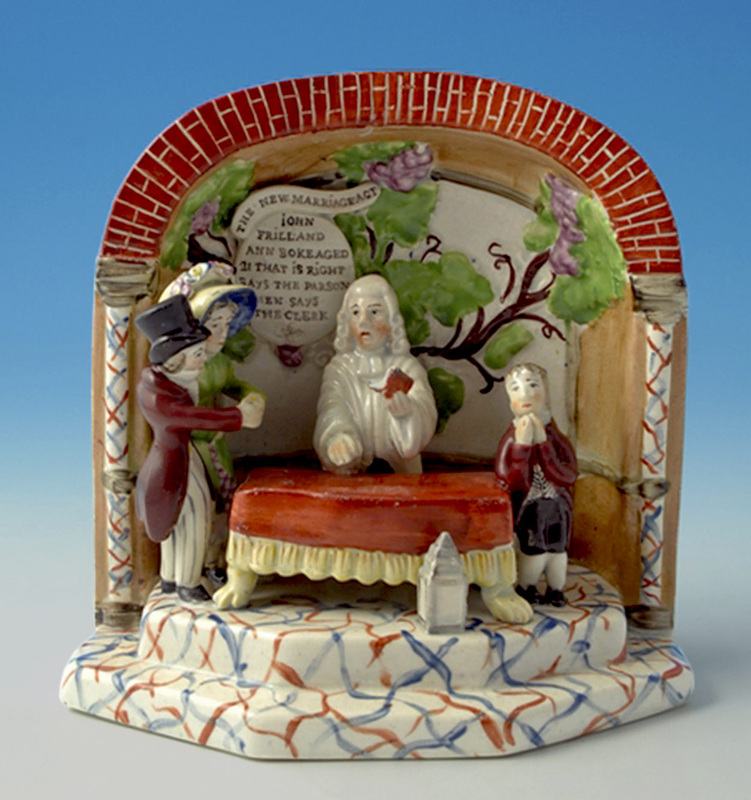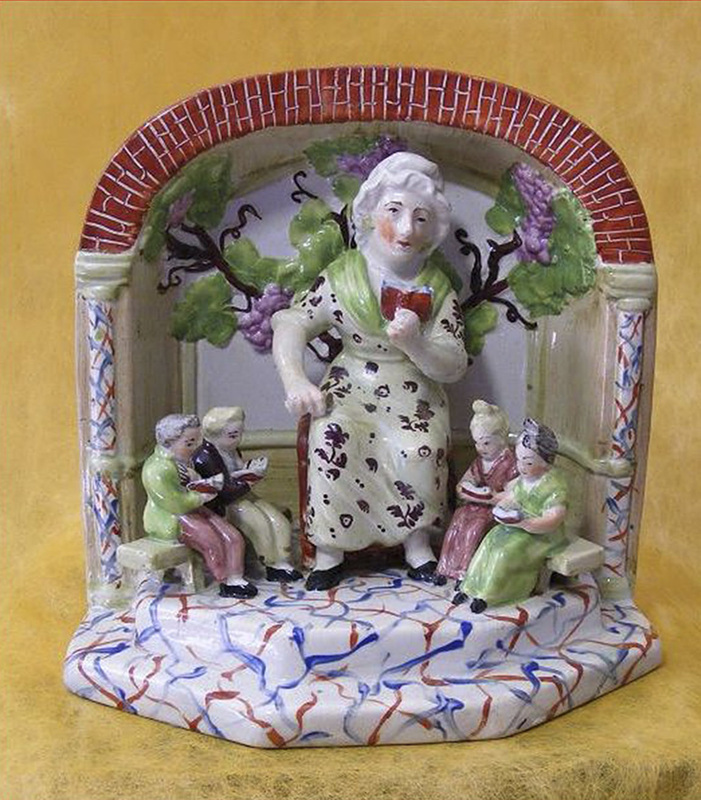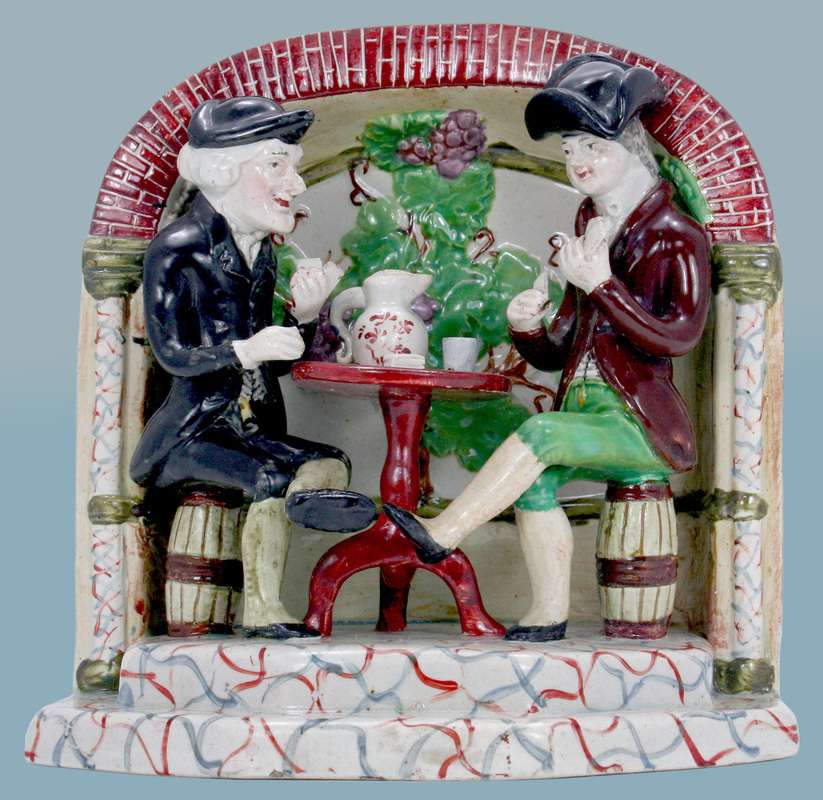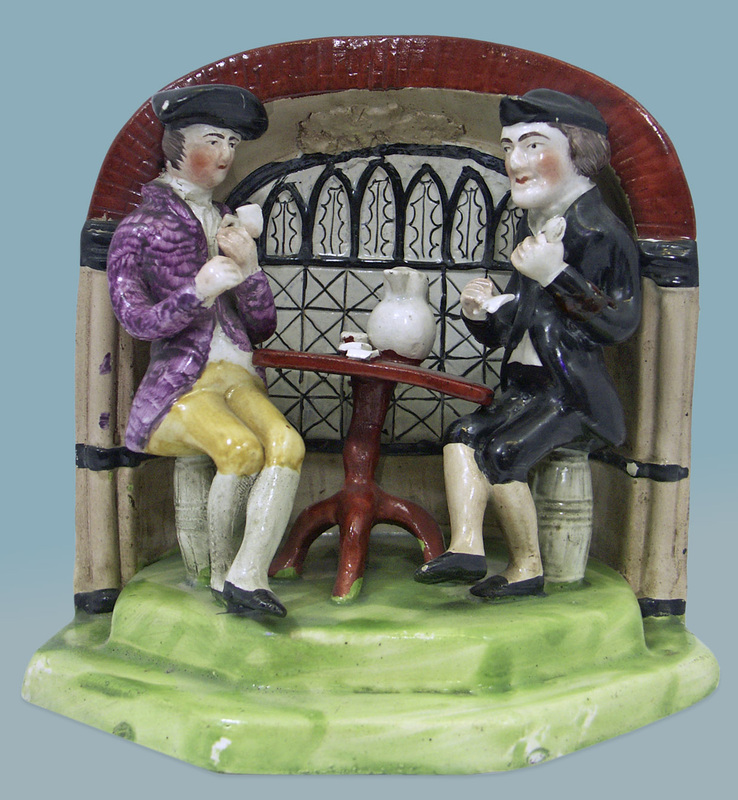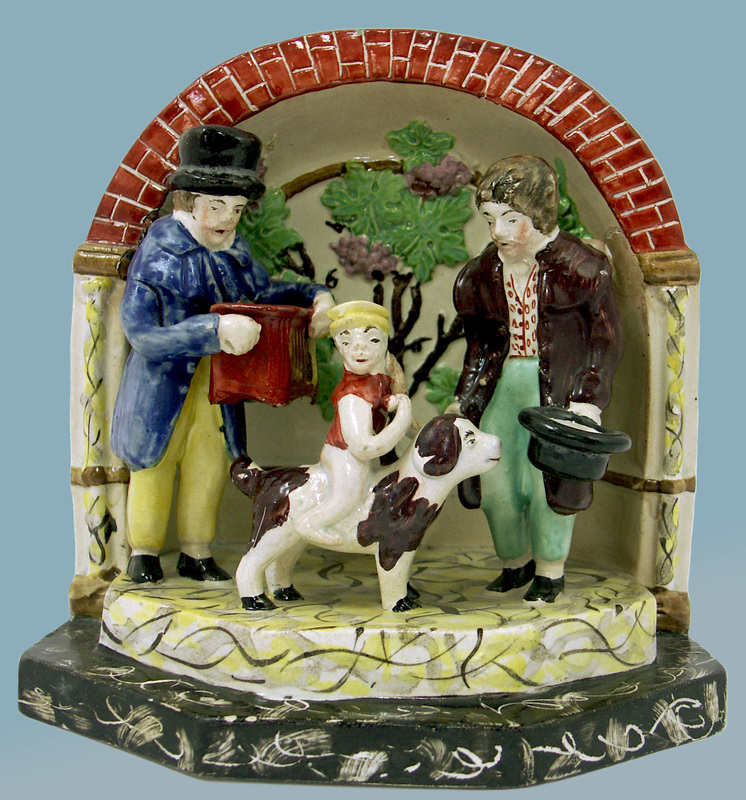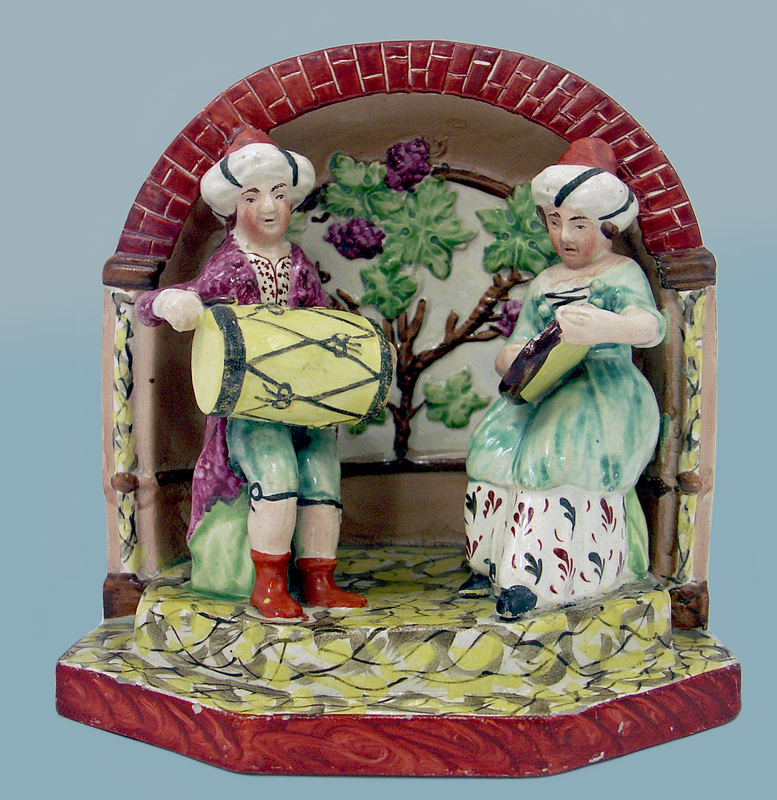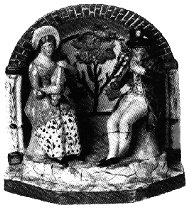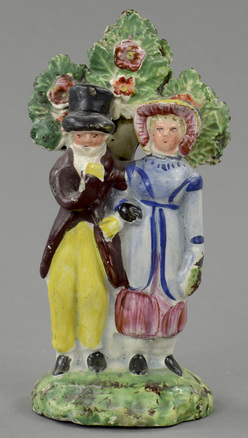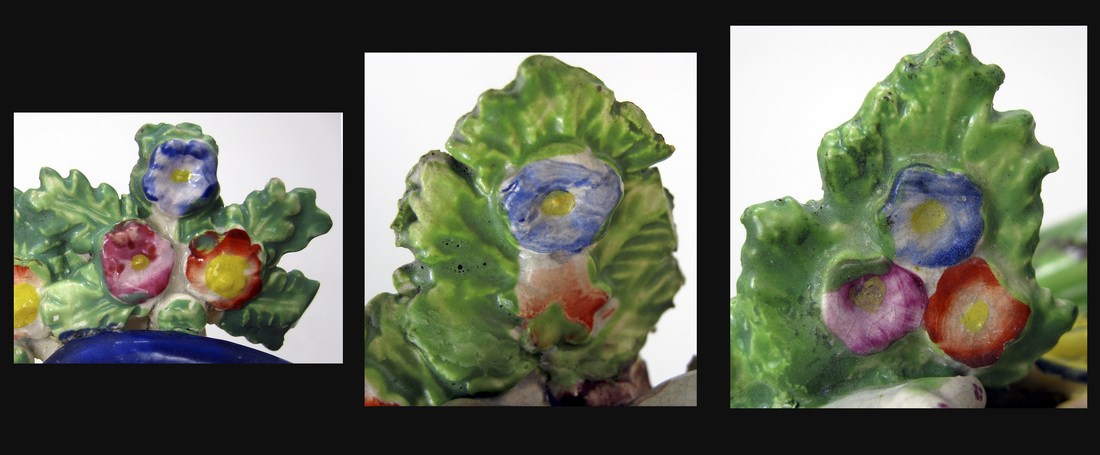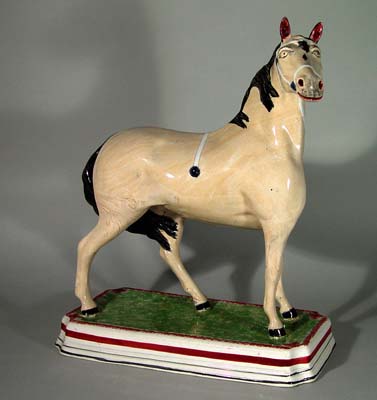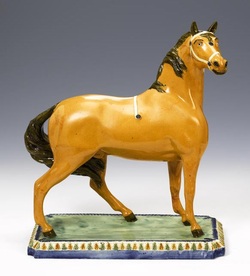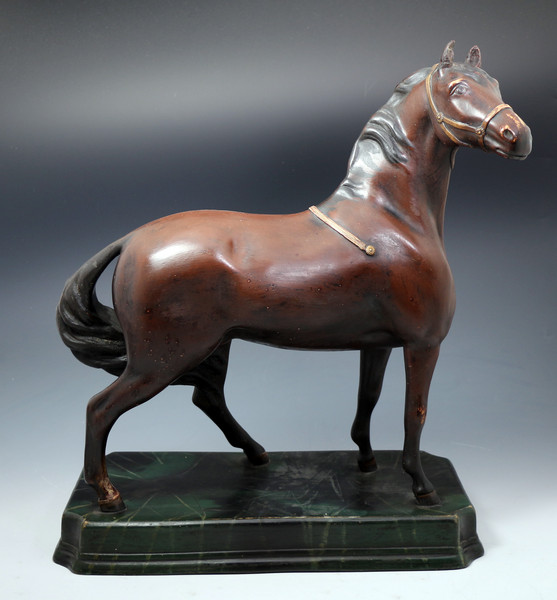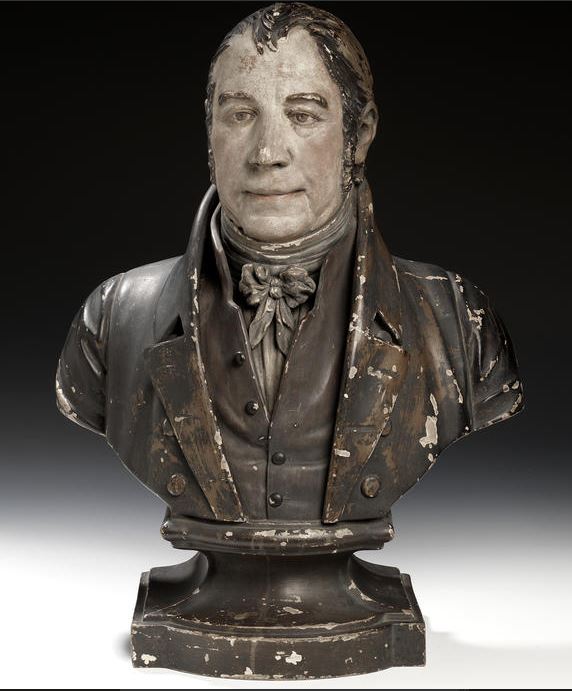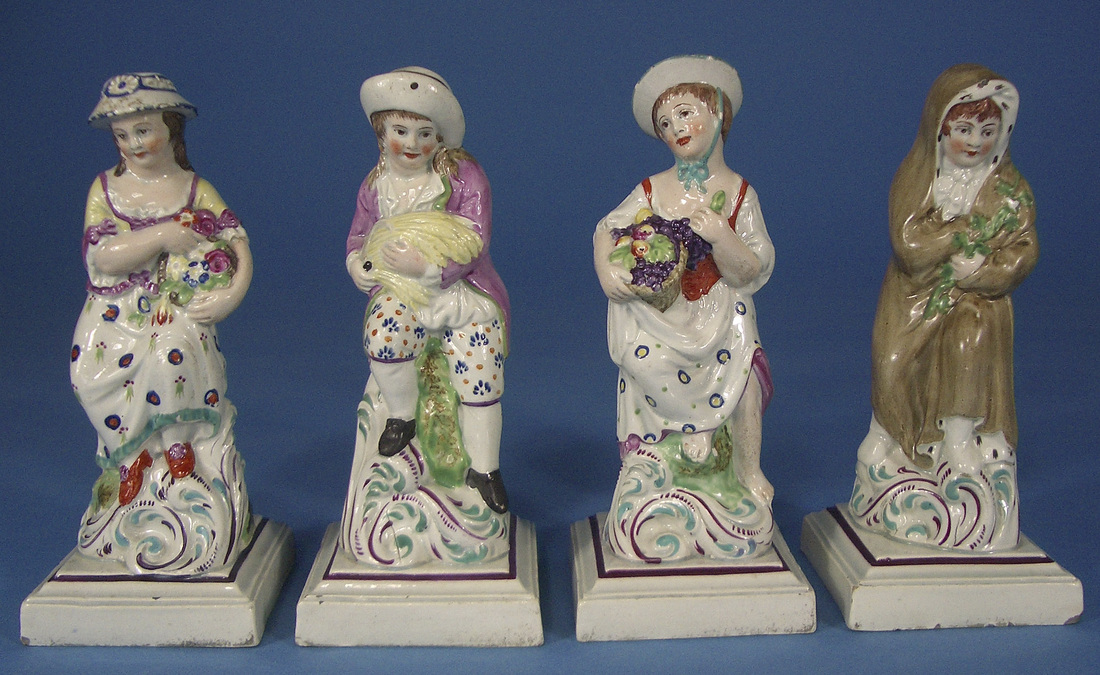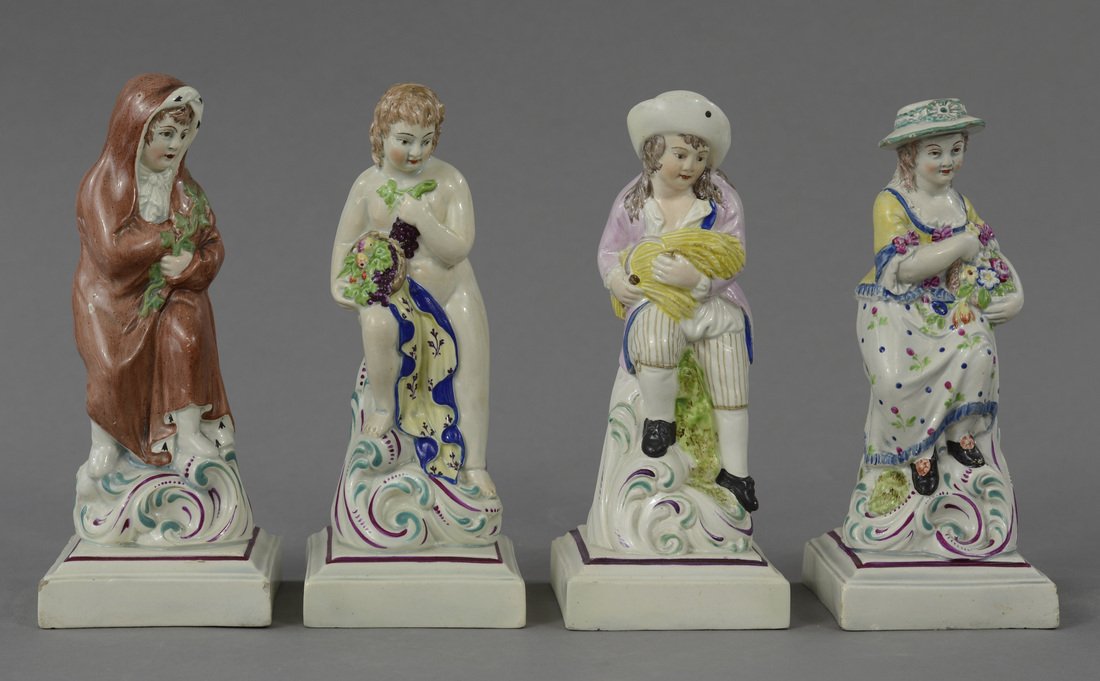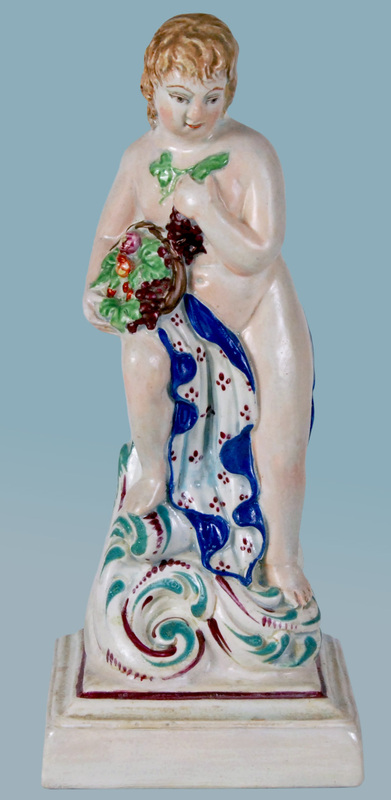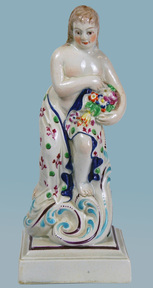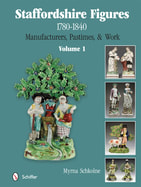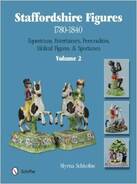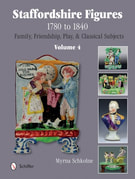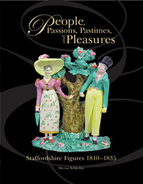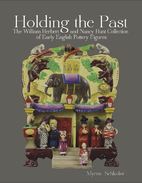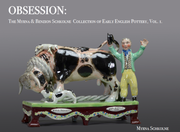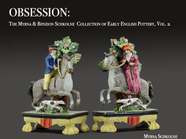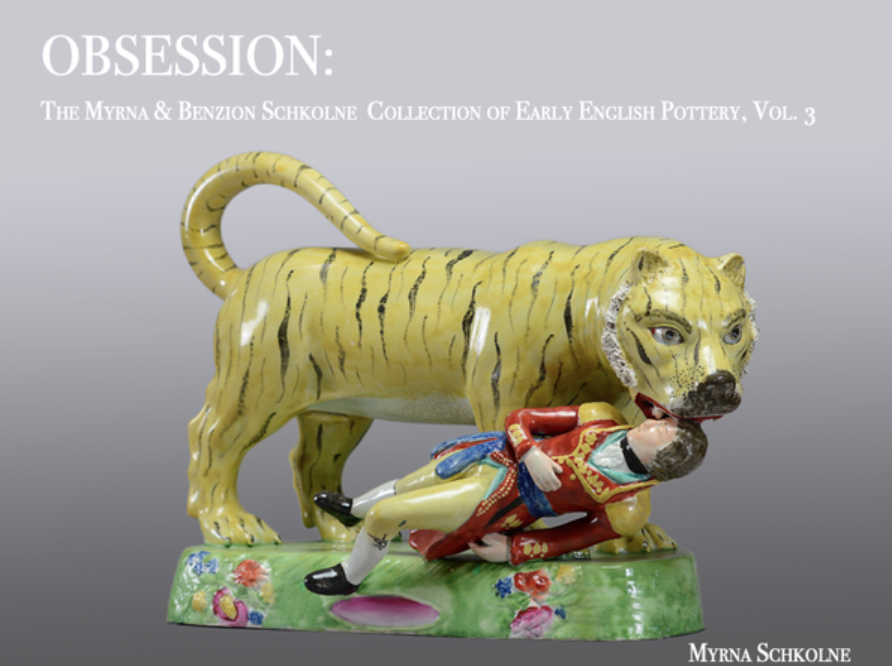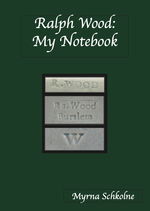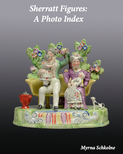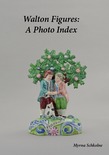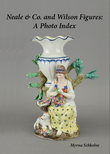Even thinner on the ground are Dame Schools, such as the one below formerly in the stock of Philip Carrol. Dame schools really are few and far between. In the last decade, I can recall only two coming to market at the retail level. Dame schools were the child care centers of their day. Here children were taught reading and domestic skills in the home of an elderly dame or gentleman. A glimpse of the past, is this not?
|
I am intrigued by arbor groups. The best known model is almost certainly the New Marriage Act group, such as you see below. Sadly, the New Marriage Act arbor group is well known for all the wrong reasons. Reproductions abound on eBay and even at auction houses that should know better. The lovely example above was formerly in the stock of Roger de Ville. Nothing of quality is common any longer, and genuine New Marriage Act groups are thin on the ground. Even thinner on the ground are Dame Schools, such as the one below formerly in the stock of Philip Carrol. Dame schools really are few and far between. In the last decade, I can recall only two coming to market at the retail level. Dame schools were the child care centers of their day. Here children were taught reading and domestic skills in the home of an elderly dame or gentleman. A glimpse of the past, is this not? Doctor Syntax playing cards occurs as a bocage group and within an arbor. Both forms are quite difficult to procure--and I wouldn't consider an example with a restored head on one or other of the figures worth procuring. To jog your memory, Doctor Syntax was a literary character, a peripatetic cleric whose amusing adventures were very popular with adults and children alike circa 1820. Consider him the Harry Potter of his day. Below is a second Doctor Syntax arbor group. It is in the Brighton and Hove Museums. Note that the figures are from different molds to those in the previous Syntax arbor group, and the arbor now has a black and white design on the back, rather than the grapevine previously seen. I have long suspected that at least two pot banks made arbor groups, and the existence of these two Syntax arbor groups confirms that. You also find New Marriage Act arbors with a similar black and white design on the back wall of the arbor. This delicious performing animal troupe is one of only two recorded examples within an arbor--although the same figures occur grouped with a bocage. And the same can be said for these musicians in an arbor. Again, I know of only two examples in an arbor, but these musicians are found on trumpet spill vases. As for the arbor group below, I know of only this example in this old image and would love to hear from you if you know where the real thing is. You see the same figures on the trumpet spill vase below. Because the trumpet spill vase is attributed to the Patriotic Group pot bank (see Vol. 1 of my Nov. 2013 publication for full details), I suspect the arbor group also originated from that pot bank, The same can be said for more than one of the other arbor groups, but I wouldn't want to bet my life on it. Hopefully, time will help me piece together the links. There is so much we don't know yet, and who knows what still is out there, just waiting to be discovered?
2 Comments
This week, a collector in New Zealand sent me a picture of this small dandies group (about 4.5" in height.) I have now seen three examples of this little couple: New Zealand, Texas, and London. What makes these dandies particularly interesting is their bocage--and in particular the flowers on it. The pot bank that made this group incorporated a specific flower into the bocage. The flower--a round, five-petalled flower--is integral to the leaf. In other words, it appears to have been molded with the leaf rather than being applied afterwards. As you see in the pictures above, the leaves are rather generic, but those round flowers are not. In addition to the round flowers, the pot bank also used some other flowers.
Figures with these round flowers exhibit other specific characteristics---but that is for another time. As we don't know the name of the potter who made this cohesive group of figures, what do we call it? I have dubbed it the Blue Group. By now, you must be looking back at the pictures and thinking I have lost it. Why blue, for heaven's sake? Well, the reason is that very many Blue Group figures have blue on their bases, and sometimes blue decorates their bocages. A few examples are below. (The larger pair of sheep below is from the archive of John Howard) I am definitely a Green Gal. Blue is not my color, but these figures with blue bases nonetheless fascinate me, and because they are so very distinctive, they earned the Blue Group its name. The Blue Group is quite large, and the subjects are varied. In Volume 1 of my new book, you will find the other bocages that the Blue Group used. But remember, as we saw with the little dandies at the start of this posting, the Blue Group did not only use blue. To hammer home that point, look at the figure of Water below, with only minimal blue used. 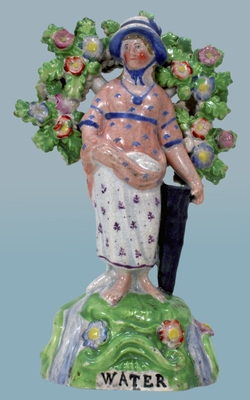 This figure has pink and red bocage flowers that are round with five petals. These are specific to the Blue Group. The blue bocage flowers and the flowers on the base are formed differently. They are carnation-type flowers, with rather proud centers. The very largest English earthenware horse measure around seventeen inches in height and are traditionally attributed to the Leeds Pottery, rather than to one or other of the Staffordshire pot banks. These horses are usually decorated in underglaze colors, but the Leeds horse below appears to have both enamel and underglaze decoration. (Formerly in the stock of Earle D. Vandekar.) When you look at this horse, try to visualize its size. Big is the word. Definitely suited to a gentleman's hallway, or to a Texas cowboy's ranch. But in their time, Leeds horses are thought to have been made for saddlers and other tradesmen to use in window displays. Leeds horses are technical accomplishments in that their thin earthenware legs support a large body. Just think how easily those skinny legs could have buckled or broken in the kiln...not to mention the risk of damage in the ensuing two centuries. The very earliest Leeds horses were made to stand on flat bases, usually with chamfered corners and a molded leaf frieze around the edges. You can see this base form on the horse below (decorated in underglaze colors, photo courtesy of Bonhams.) The horse sold at Bonhams some years ago, and it was marked beneath 'J + Medcalf 1821'. Flattish bases of this form were soon found to distort in the kiln and were quickly replaced with a higher base, such as the one we saw on the first horse. The Leeds horse that a collector tells me is about to canter out of John Howard's stock was particularly unusual. It had been cold-painted to resemble a bronze horse standing on a marble base. The result is really stunning. Cold-painting is something we seldom see on early figures. The technique required no firing. The paint was simply put on top of the glaze and allowed to dry. Now you might rightly think that any sorry old figure could be rejuvenated today with a bit of cold painting, and you would be right. Today, some restoration paint requires no firing, so it is essentially cold painting. How do we know that John's horse was not given a recent paint job? Well, the horse has a fascinating provenance. It hasn't been knocking around sale rooms and restorers' studios. Rather, it has been a beloved family pet for a long time. A letter from a previous owner states: "This horse was in my family for approx 160 years it was my great grandfathers then my grandmothers my mothers then mine it has had no restoration to its legs/ feet, ie thin cracks(at two legs) the only restoration was its ears they were knocked off one night nearly 100years ago when a great uncle came in drunk waving a walking stick about and knocked them off". 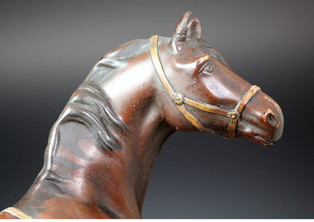 But even without that letter you can see that the paint on the horse has worn ever-so gently, in a manner not consistent with restoration. Rather, it has been touched by time. While we are on the subject of cold-painting, I want to show you this bust. (Photo courtesy of Bonhams). The bust was fired but it was not glazed. The paint was then applied directly to the unglazed pottery. The colors are in hues that simulate bronze while giving the bust a very life-like face. Who is this gentleman forever frozen in time? He is none other than Enoch Wood, the Father of the Potteries. Enoch Wood was not only a brilliant entrepreneur, he was also a skilled modeler, and he modeled his own portrait bust. This example is inscribed on the reverse 'The Bust of Enoch Wood of Burslem aged 62 AD 1821'.
Several other examples of this bust are recorded (the Potteries Museum, the British Museum). A Wood family member recently told me that she recollects such a bust in her home when she was a child. One of her uncles used it as a resting place for his hat at the end of each day! The bust above sold at Bonhams some years ago, and the catalog noted that this is the only known three-dimensional portrayal of an early potter done in his lifetime. I would love to own it. Talk about touching the past! The figures below are emblematic of the Four Seasons. From the left, they are Spring, Summer, Autumn, and Winter. The two girls with bonnets are confusing, but the girl with grapes represents Autumn, while the one with flowers is Spring. If in doubt, you just have to flip them over. Each has its title impressed beneath. These figures are often loosely called "Neale" Seasons, but strictly speaking most should be called "Neale-type". Some examples are marked with the Neale mark, some are marked with the Wilson mark, and some are unmarked. Neale was a London merchant who owned the Church Works potbank from 1778 to 1789. Robert Wilson, who ran the pot bank for Neale, acquired it in 1789, and he and then his family ran it until its closure in 1817.
Whether they are marked or not, the figures invariably have their titles impressed beneath. Similarly styled small Neale/Neale-type figures of Apollo and Ceres are titled in the same way. Looking at the bases (above), you see that some have rounded interiors while others are squared. I wish I could draw a profound conclusion from this, but I have noted marked Neale bases with both rounded and squared interiors. Now comes the fun stuff. Look carefully at the Neale-type figures of the Four Seasons below What has changed here? I am sure you spotted the odd man out right away. This time, there is a different representation of Autumn. The girl holding grapes has been replaced with a scantily clad cherub holding grapes. Seems that Neale/Wilson made more than one representation of Autumn, one contemporary, and one classical. As we saw in the first picture, all four Seasons were made in contemporary attire. Is it possible that all four were also made in a classical mode? And, as an added twist, we find the same Neale-type figures on assorted other bases. As you see below, the bases are usually unpainted/white. Did the Wilson family make these figures in their final years? Did some other pot bank acquire the molds and make the figures? We may never know who made these Neale-type lookalikes, but we can, I think, assume that those on unpainted bases came from one pot bank. As for the figure of Autumn that I show above with a line painted on its base...I throw up my hands. I have yet to find its companion figures.
|
Archives
February 2024
All material on this website is protected by copyright law. You may link to this site from your site, but please contact Myrna if you wish to reproduce any of this material elsewhere. |
